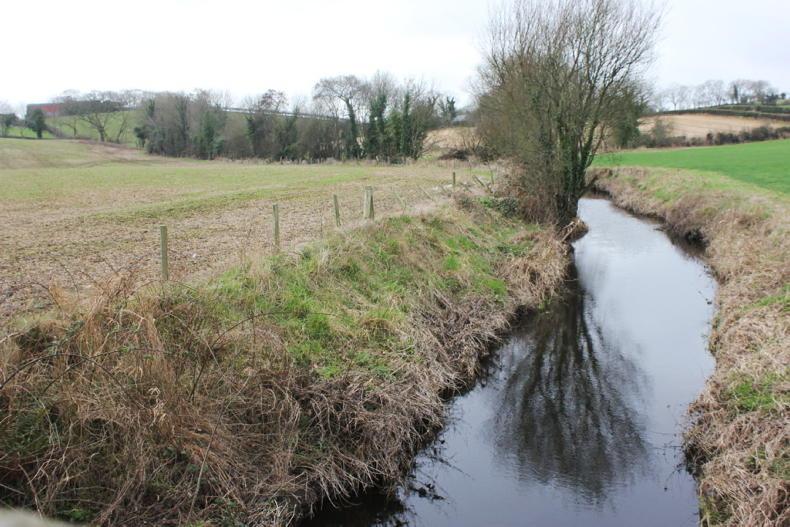Computer modelling of data taken from across 93 river sites in NI suggests that a reduction in the excess level of phosphorus (P) on local farms will have a significant positive impact on waterbodies, including Lough Neagh.
In a short communication paper published in the Journal of Environmental Management, Prof Phil Jordan from Ulster University, pointed to the “highly consequential impacts” of changes to farm P balance on water quality.
Farm P balance is the amount of P coming on to farms by way of feed and fertiliser, minus the P leaving in the form of milk or beef.
Current best estimates are that the average P balance on NI farms is between 10kg and 11kg P/ha/year, which is more than double a target of 5kg P, set by DAERA in 2016.
In other words, there is a surplus of around 6,000t P on NI farms, over and above that required for plant growth and also to meet the needs of growing and lactating animals. Excess P getting into watercourses is the major issue behind water quality problems in NI.
Ideal
In the analysis led by Prof Jordan, the researchers refer to an “ideal” farm P balance of 5.5kg/ha. However, farming is not solely responsible for excess P in the Lough Neagh catchment, with 36% of the total P load coming from waste water treatment and domestic sewage tanks.
“There is considerable opportunity to speed up the process of water quality improvement, or alleviate the burden on agriculture, by early intervention in the non-farm sources,” notes the research paper.
Allowing for reductions in P from these non-farm sources, the researchers go on to propose an “equitable” balance for farm P of 6.9kg/ha.
While previous research studies have suggested current farm output can be maintained at a P balance of around 5kg, achieving any figure close to this will require “intensive technology transfer and advisory support” notes the Prof Jordan paper.
In practice, it will require farmers to closely match nutrient inputs to crop needs and on more intensive farms, to export some slurry and manures.
To help drive change, Prof Jordan paper suggests the principle of calculating farm P balance should be rolled out across NI farms and there “is strong justification” for using it as a measure in future results-based agri-environment type schemes.







 This is a subscriber-only article
This is a subscriber-only article










SHARING OPTIONS: